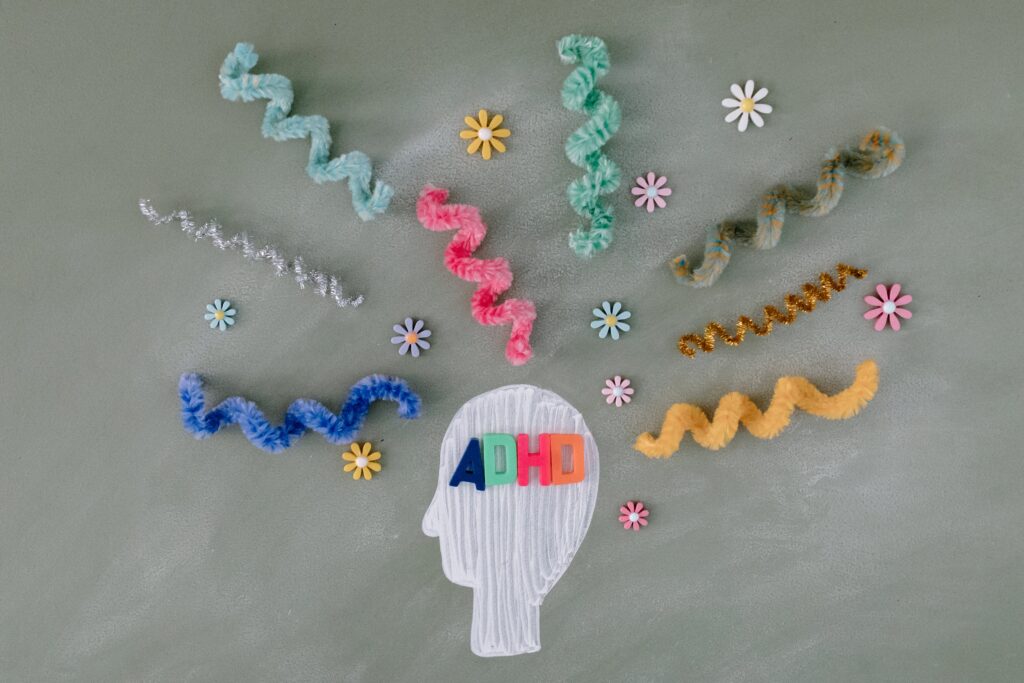
Children with Attention Deficit Hyperactivity Disorder (ADHD) often face unique challenges in their learning journey. Recognising the diverse ways individuals absorb information, ADHD tutoring utilises multisensory teaching methods to engage auditory, visual, and tactile learning modalities. In this article, we delve into various approaches that go beyond traditional teaching, exploring techniques such as Brain Gym, Neurofeedback, visualisation, emotional regulation, and Cognitive Behavioural Therapy. Each method aims to empower neurodivergent individuals, unlocking their full potential and fostering a positive learning experience.
ADHD tutoring in Sydney for children uses multisensory teaching to engage the auditory (hearing), visual, and tactile (tactile–touch and movement) learning modalities in students with ADHD. This is an essential approach to addressing this learning disorder.
1. Brain Gym
Neurodiverse children and adults who have difficulty concentrating often benefit from perceptual motor programs. These involve a series of body movements that stimulate the brain, improve focus, and reduce stress.
One popular perceptual motor program called Brain Gym is used by teachers in schools around Australia, despite the fact that it has no peer-reviewed scientific evidence to back its claims. In addition, it has been criticised by neuroscientists for making silly pseudo-scientific claims, such as massaging the ‘brain button’ to boost memory and increase electromagnetic energy.
Another example of a neurosensory approach to learning is Tomatis therapy, developed by Dr Alfred Tomatis. Using specially filtered music and sounds delivered via headphones, this technique improves auditory integration. It is used to treat a variety of neurodevelopmental issues, including speech and language problems. As a result, many students with autism and ADHD benefit from these techniques.
2. Neurofeedback
Neurofeedback is a form of biofeedback that provides feedback about brainwaves, allowing individuals to learn to control these functions and reduce counterproductive processes such as hyperactivity, impulsivity, or inattention. Unlike stimulant drugs that mask symptoms, it helps to correct underlying dysfunctional brain patterns. It has been shown to improve working memory deficits common in ADHD, learning difficulties, and head injuries.
Using an EEG (electroencephalograph) – or brain map, clients are shown their brainwaves on a computer screen while watching a movie or playing a game. They are encouraged to focus on maintaining or increasing healthy oxygenated blood flow to the frontal lobe while these cognitive activities are being conducted, which allows their brainwaves to become more stable and organised.
Many peak performers across a range of disciplines including sports, business, and the arts are now using and endorsing neurofeedback training to increase their performance and manage their stress. It is an effective non-pharmacological treatment for many conditions, including anxiety, depression, migraines, and seizures as well as sleep problems, traumatic brain injury, and concussion. It is also very safe and has no short-term side effects.
3. Visualisation
Visualisation is a form of relaxation that uses your imagination to help you relax and reduce your stress levels. It can also be helpful if you’re going through treatment for a condition such as cancer.
You can practice this technique at home by picturing the desired outcome in your mind with as much detail as possible, including using all of your senses. It’s important to practice this daily to get the most out of it. It can be a powerful tool for keeping you tethered to your goal and helping you stay motivated to achieve it.
4. Emotional Regulation
Emotion regulation is a key part of executive functioning skills and is often one of the hardest for children with ADHD to master. They may have a hard time understanding their own emotions, find it difficult to control them, and have a low tolerance for frustration and annoyance. They may also struggle with self-awareness and have difficulty interpreting social cues or body language.
Teaching kids to prioritise, make visual plans, and use the tools of organizational systems like timers to help them stay on task can build these skills. Creating a predictable routine, with consistent wake-up and bedtimes, meal, and homework schedules can help with this too.
Another thing that can be helpful is to teach kids how to slow down their reactions and take time to reflect before acting. This will help prevent them from reacting out of a desire to get their needs met, or a lack of prioritisation skills (like jumping down the mummification research rabbit hole before writing that paper on Egypt). It’s also important to create a positive calm-down space in class that can be used as needed.
5. Cognitive Behavioral Therapy
Using play as a therapeutic tool helps children to connect, learn, and provide reassurance while also improving self-esteem. This form of therapy is used for the treatment of various disorders including ADHD.
Cognitive Behavioral Therapy, or CBT, is an umbrella term for a series of psychosocial treatments that have proven effective in the largest and most methodologically rigorous trial to date of psychosocial interventions for adult ADHD. These are short-term treatments that aim to change negative patterns of thinking and behavior through cognitive restructuring and teach more adaptive thoughts, beliefs, and behaviors.
Students with ADHD often experience a vicious cycle of frustration and failure, which leads them to believe that learning is not for them. A tutor can help to break this cycle by working with the students on their curriculum in a way that suits their individual needs. This includes dividing lessons into smaller units and providing frequent breaks to keep the students active.
A good ADHD tutor will also be able to offer strategies for managing time, organization, and study skills, which can improve their confidence, performance, and self-esteem in school and work.
In summary, the varied approaches discussed highlight the importance of tailored strategies for children with ADHD in Sydney. From Brain Gym to neurofeedback, visualisation, emotional regulation, and Cognitive Behavioral Therapy, these methods contribute to a holistic learning experience. The emphasis on multisensory teaching aims to unlock the full potential of individuals with ADHD, fostering positivity and success in both academic and personal development.